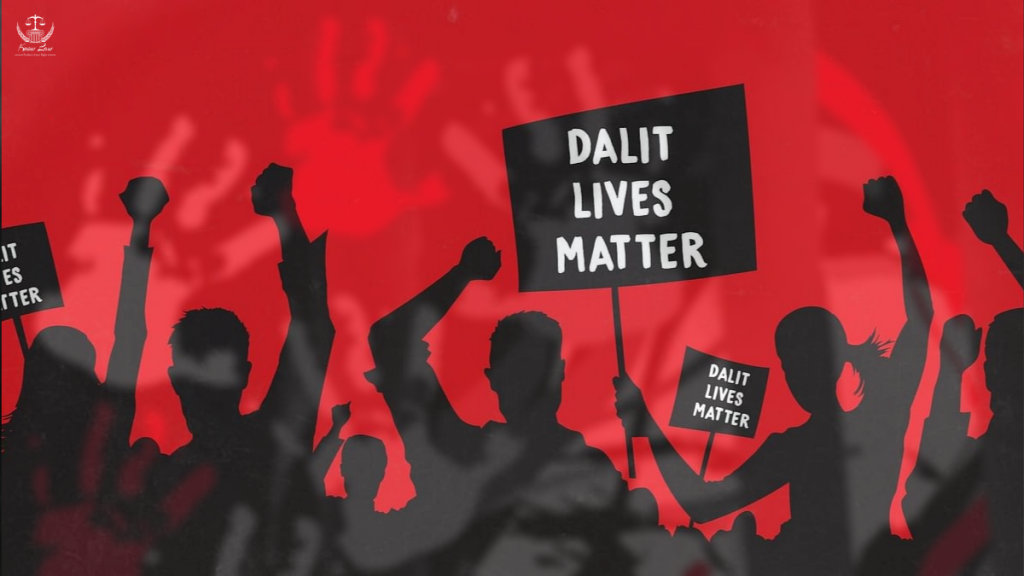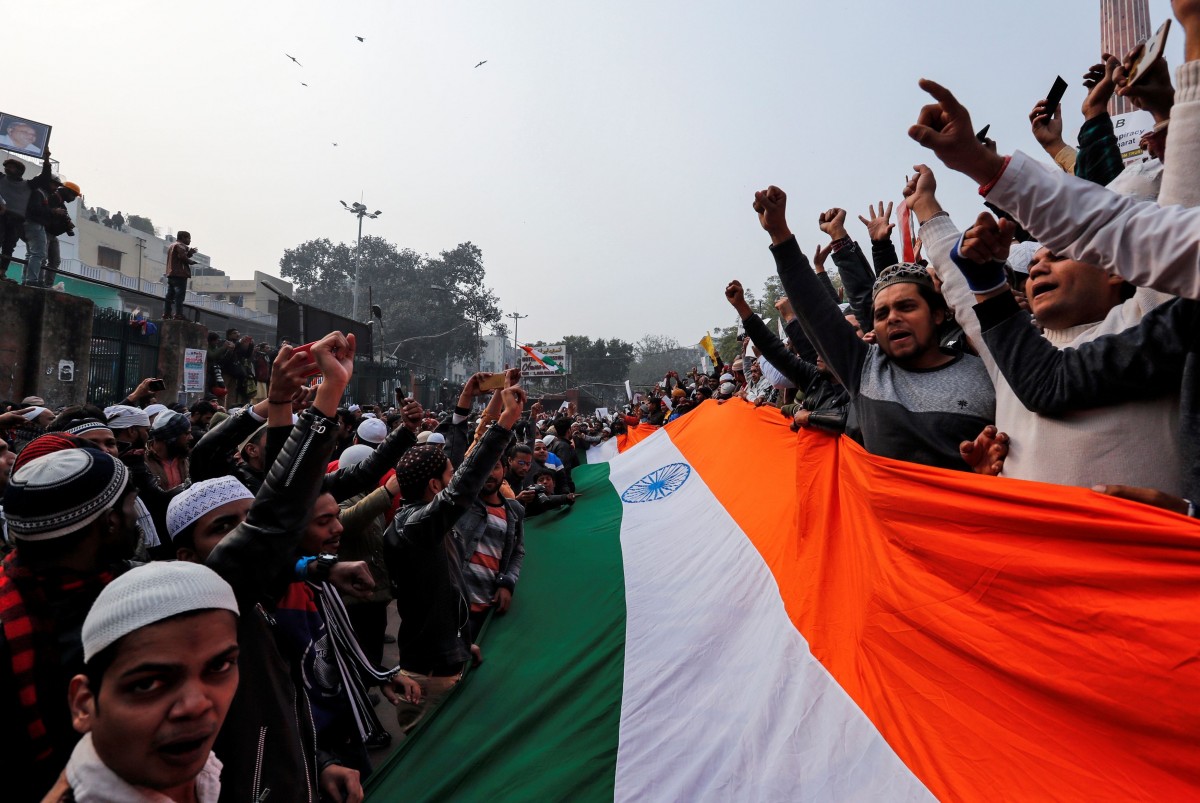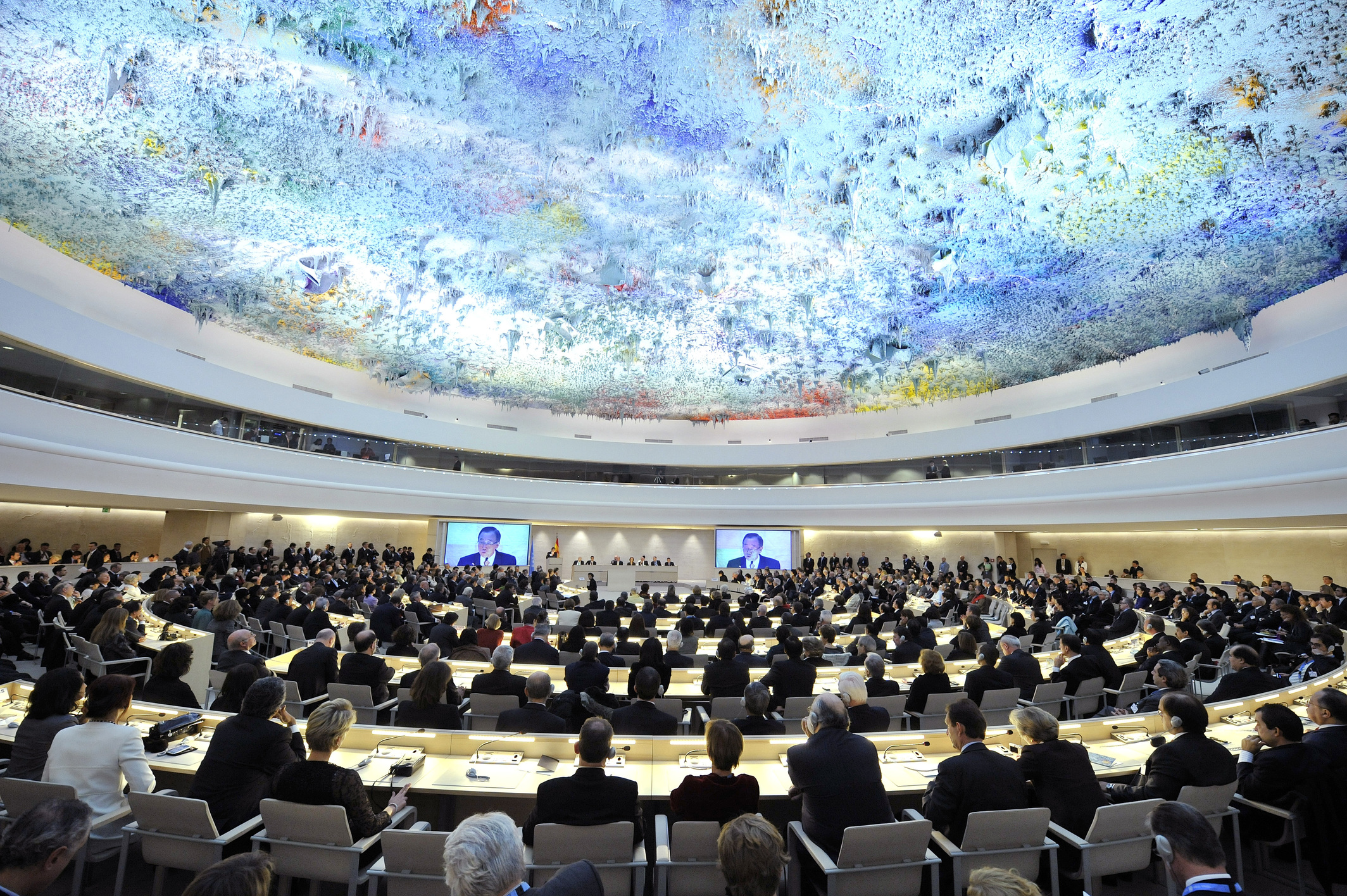
Qaisar Mansoor
Recently a book on Rashtriya Swayamsevak Sangh (RSS) has gained popularity with its rooted criticism of the right-wing organisation and narration in a simple language.
Written in Kannada, the book RSS: Aala Mattu Agala (RSS – The Depth and Breadth) by Dalit writer and activist Devanur Mahadeva is an explorative criticism of RSS by looking through its history and present activities. Nineteen days after the book’s launch, over 70,000 copies have been sold and the demand is growing.
In India, the division made in accordance with the caste system has been rooted in history for the longest period. Divided majorly into four hierarchical groups, Brahmin, Kshatriya, Vaishya, and Shudra, and a fifth category being the untouchables now called the Dalit. Dalits have always been discriminated which has, in turn, caused their violation of civil, political, economic, social, and cultural rights. Globally, discrimination on basis of caste which has caused violation has affected more than 260 million people and the majority of such people belong to the South Asian region. In South Asia, Dalits constitute the largest caste-affected group of people.
Globally, there have been many cases of discrimination on basis of caste, color, creed and one of the biggest recent examples is that of the cold murder of African American George Floyd on May 25th, 2020 in the United States where a white policeman kneed on Floyd leading to his death which was recorded by many of the onlookers. This incident galvanized many of the communities globally who demanded justice for the victim.
In India, there have been many cases of victims like George Floyd especially in the Dalit community of people. Though there are laws that prevent such atrocities against the Dalits, there seem to be some gaps in the implementation of such laws because the crime rates have increased by 6% from 2009 to 2018. This data was reported by the National Dalit Movement for Justice in the report titled, ‘Quest for Justice’.
During the last few months, the Dalit women have witnessed various forms of violence in the hands of the dominant class and atrocities inflicted upon them with the ongoing pandemic. Mayawati, a member of the Bahujan Samaj Party stated recently that such crimes against Dalit women had increased a lot in Uttar Pradesh and called it Jungle-Raj as there was no rule of law against such violence. Such statements and data show the continuing violence against Dalit in India.
History Of Violence In Dalit Community
In the Indian social order, there is the existence of hierarchical caste relations which is characterized by social exclusion, caste discrimination, and obtrusive inequalities. And according to such hierarchy, the Dalits or the untouchables fall in the lowest strata. Being part of such a category, they have to face many forms of socio-economic deprivation and discrimination. This caste system in India is said to exist more than 3000 years ago and has been developed and continued since especially by the people belonging to the upper caste community.
There are certain conceptions about the lower caste which is still being preached in many rural parts of India, for example, the Dalit community individuals are said to be a pollutant for the higher caste people. Earlier, when laws against violence towards Dalits did not exist, the upper caste people practiced even more severe discrimination. The upper caste people considered themselves to be polluted if they were touched by individuals belonging to the Dalit group and were said to go through a rigorous series of rituals in order to get themselves cleaned as they were touched.
To help the Dalits who were considered to be deprived and socially backward, Dr. B.R. Ambedkar took a very strong stand for the rights of these people. He was also appointed as India’s first Law Minister and made incredible efforts to eradicate social evils such as caste restrictions and untouchability. He played a pivotal role in drafting the Constitution of India and he considered that the Constitution was a virtual bridge between all the classes of the Indian society. For removing such evils from society, he also started a movement called Self-Respect Movement.
Violence against the Dalit Community
To begin with, in 2019, a 40-year-old Dalit man was beaten to death in Jhalawar district in Rajasthan. The reason for beating up the man was that he stole a water pump. The man who was beaten to death was named Dhulichand Meena and was thrashed by some of the people of the village alleging he stole a water pump. Later, a case was filed by the victim’s father after he was declared dead under section 302 of the Indian Penal Code and also under the SC/ST Prevention of Atrocities Act. Such incidents are clear examples of ongoing violence on the Dalit community individuals despite the existence of such anti-atrocities laws.
Another inhumane case of violence against Dalit community individuals was the gangrape and murder case in Hathras district, Uttar Pradesh. This case gathered widespread media attention and condemnation nationally as a 19-year-old Dalit woman was gangraped by alleged four upper caste men. In this case, the police when lodged a case in the first instance registered a complaint under Section 307 of the Indian Penal Code i.e. attempt to murder but did not put forth charges for sexual assault.
Later, as the victim lost her life battle on September 29th, 2020, four men were arrested on basis of her dying declaration, and later, various Sections under the SC/ST Act were slapped on the alleged men. CBI had later taken over this case and filed charge sheets and cases of police negligence and sexual assault. This case caused a lot of anger among the citizens of the nation and various people across the nation asked for justice to be served.
A similar incident took place in the state of Telangana where a woman belonging to the Shudra caste was allegedly raped and murdered. In this case, the alleged was said to be killed in an encounter by the police. When this incident took place it again created a lot of roar across the entire country. But with such heinous crimes occurring almost regularly against the Dalit community prove as evidence of the ongoing battle of the lower caste people in India from the times such division was introduced in the Indian society.
Conclusion
The above-stated examples clearly show the ongoing violence against the Dalit community despite laws that have been introduced and implemented by the Indian Government. India is a nation of various cultures but what is important is to respect each and every individual before any form of social discrimination. Human Rights are the most basic requirement for a dignified survival in society.
Therefore, better cooperation from both the upper caste people and the police are required to ensure there is a rise out of the socially deprived considered community. In India, there is a huge population belonging to the lower-caste category people, and the time has come when such heinous atrocities against them need to be stopped immediately. The Dalits should also be able to live freely with their human rights protected


